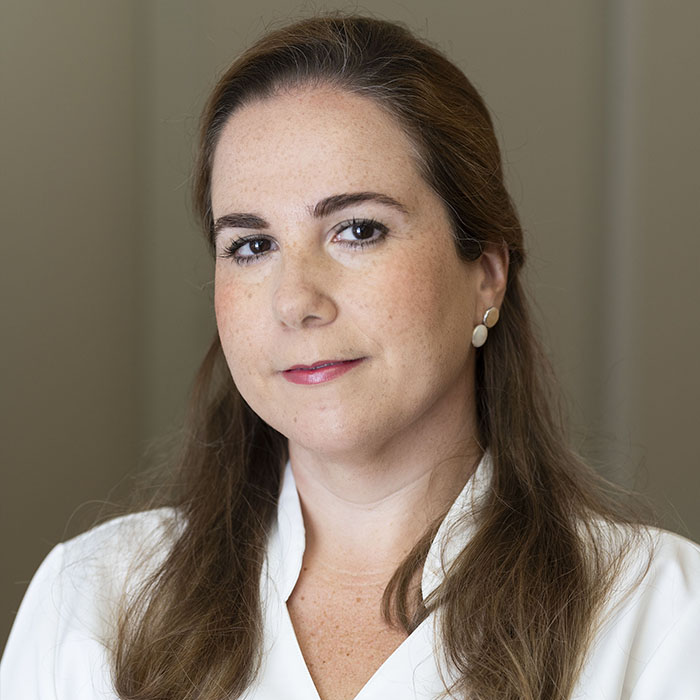What is Genetic Grief?
Genetic grief is the emotional reaction of loss a woman or a couple feel when the reception of gametes (eggs, sperm or embryos) is considered the only possibility of them becoming biological parents.
Lots of doubts and questions arise during this period and they are usually linked with other emotions such as sadness, disappointment, guilt and uncertainty. A period of time is necessary to process all the information and to emotionally come to terms with the news.
It is also a time to decide whether to proceed with other options available to have a child, for this reason the process is called ‘Genetic Grief ‘.
Many couples who are undergoing treatment with assisted reproduction techniques are asked to donate gametes (egg donation, sperm donation or embryo adoption) as an option to allow other women or couples conceive when it is impossible for them to use their own gametes.
It is not always easy for couples to make this decision and doubts may also arise related to the genetic link they will have with their children.

Epigenetics goes beyond DNA.
One of the most emotionally challenging aspects for many couples is whether their baby will share genetic information with them or not. However, recent advances in the field of Epigenetics have suggested that the biological mother plays an important role in the way the baby’s genes develop.
What is Epigenetics?
Epigenetics is the study of modifications in the expression of genes that are not due to an alteration of the DNA sequence and that are heritable. Although the genetic sequence itself cannot be altered, environmental factors in the biological mother’s body modify the expression of the gene.
After the Embryo implantation and throughout the pregnancy, each cell of the baby’s body is influenced by all the nutrients that the mother ingests (proteins, vitamins, calcium, sugars …) it shares its blood flow, and all this uterine environment influences the genetic expression of the baby.
One of the most frequently asked questions during a consultation is: Will the baby look like me? The answer is the same for women who conceive naturally, no one knows!
Many aspects of a child are influenced by the way they are raised. We realize that children develop traits and behaviors of the parents who are educating them. When we translate this concept to a foetus in the womb, does the environment make that much of a difference?
There are scientific publications that explain the Epigenetic effect on known MicroRNA molecules that are found in the mother’s uterus. These microRNAs act as a communication system between the mother and the growing foetus and are responsible for the activity of the genes during development and throughout life.
A woman receiving an embryo or egg is responsible for more than just the gestation and delivery of the baby. The biological mother’s womb is the first environment for the baby and thus can cause the most impact. The mother’s lifestyle before and during pregnancy has an impact on the future health of the child and also in adulthood. Several studies suggest that the environmental factors that a person is exposed to in the womb have a direct impact on whether that person will develop major medical problems in later life. Therefore, the biological mother is fully involved in the development of the baby. Ultimately, it is the combination of genetics and Epigenetics that makes each baby unique.
In addition, we can go a step beyond medical research and point out that the way of educating, of relating to our children and the environment in which they grow up in are also very important for their development. It is touching to see that they learn expressions or gestures from their parents, to see a relationship grow that began from the moment of conception and that will continue to be essential for a child to form their character and develop their personality.
It is not all about genetics, if you can’t have a biological child, this does not mean that you can’t be a good parent because being a mother or father is much more than sharing the same DNA.
Would you like to find out about the treatments with gamete donation?
We encourage you to request a free, first consultation to find out how we can help you.

References
- Vilella F, Moreno-Moya JM, Balaguer N, Grasso A, Herrero M, Martínez S, Marcilla A, Simón C. Hsa-miR-30d, secreted by the human endometrium, is taken up by the pre-implantation embryo and might modify its transcriptome. Development. 2015 Sep 15;142(18):3210-21. doi: 10.1242/dev.124289. PMID: 26395145.
- Chuang JC, Jones PA. Epigenetics and microRNAs. Pediatr Res. 2007 May;61(5 Pt 2):24R-29R. doi: 10.1203/pdr.0b013e3180457684. PMID: 17413852.
- Barker DJP, Osmond C, Kajantie E, Eriksson J. Growth and chronic disease: findings in the Helsinki Birth Cohort. Ann Hum Biol. 2009; 36:445–58.
- Barker DJ. The developmental origins of adult disease. J Am Coll Nutr. 2004; 23:588S95S.
- Calkins K, Devaskar SU. Fetal origins of adult disease. Curr Probl Pediatr Adolesc Health Care. 2011;41(6):158-176.